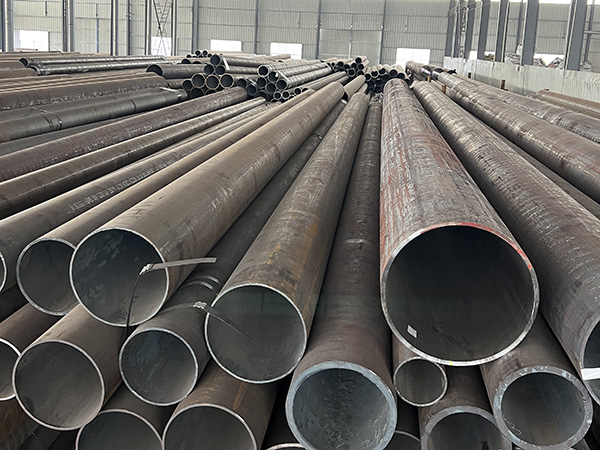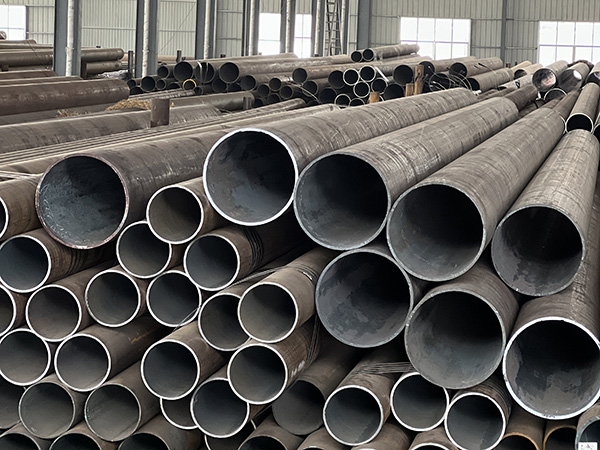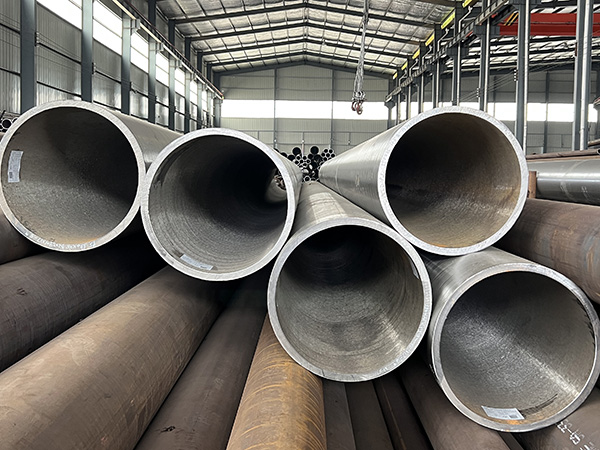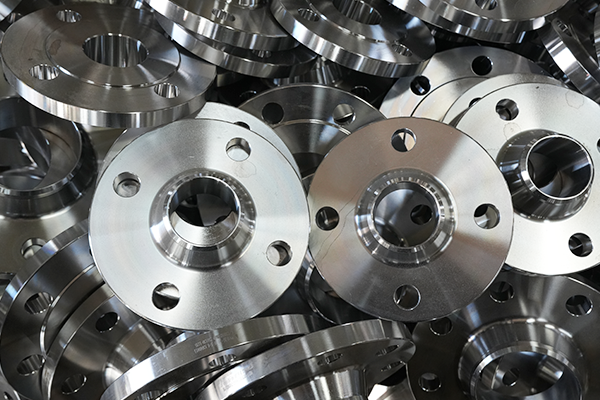NewsDetails
Seamless Steel Tube Testing for High-Pressure Systems
author:Zhantong time:2025-10-29 15:27:42 Click:104
In any industrial system exposed to extreme pressure or temperature, the reliability of seamless steel tubes defines both safety and efficiency. From power plants to chemical refineries, these tubes must resist high internal stress while maintaining uniform strength and corrosion resistance.
Because even a microscopic defect can lead to catastrophic failure, rigorous testing is a non-negotiable part of production. This article outlines the core testing and inspection methods that ensure seamless steel tubes meet international standards — methods widely practiced by China manufacturers experienced in large-volume supply for global projects.


1. Why Testing Seamless Steel Tubes Is Critical
The seamless structure eliminates welded joints, which often act as weak points in pressurized systems. However, without testing, it’s impossible to guarantee mechanical consistency or internal soundness.
For high-pressure operations, testing confirms that every tube:
·Has accurate dimensions and smooth internal surfaces
·Meets metallurgical and chemical specifications
·Can withstand tensile, compressive, and impact forces
·Is free from hidden cracks, porosity, or inclusions
Each property plays a key role in preventing leaks or ruptures when exposed to sustained stress.
2. Preliminary Examination: Visual and Dimensional Checks
Every inspection process begins with simple yet vital evaluations.
·Visual Examination: Inspectors look for external imperfections such as dents, folds, or oxide scales that could compromise performance.
·Dimensional Measurement: Calipers and micrometers confirm uniform wall thickness, diameter, and concentricity.
These checks eliminate visibly flawed tubes early in production and provide baseline data for further nondestructive analysis. Most China seamless steel tube factories perform these inspections for each batch before heat treatment or finishing.
3. Nondestructive Testing (NDT) Procedures
NDT techniques are essential for detecting defects without harming the product, ensuring both reliability and cost efficiency.
3.1 Ultrasonic Testing (UT)
High-frequency sound waves penetrate the tube wall; variations in wave reflection reveal internal flaws such as laminations or voids. This method ensures complete volume coverage and high sensitivity to internal discontinuities.
3.2 Eddy Current Testing (ECT)
ECT applies electromagnetic fields to detect surface and near-surface cracks. Because it requires no coupling medium, it’s ideal for high-speed inspection lines and for small-diameter seamless tubes.
3.3 Magnetic Particle Testing (MT)
When a magnetic field is induced in the tube, surface defects interrupt the flux, attracting magnetic particles that form visible lines. MT works best for carbon and alloy steels used in high-pressure tubing.
3.4 Radiographic Testing (RT)
RT, or X-ray inspection, visualizes the internal structure. It identifies gas cavities, shrinkage zones, and inclusions that other methods may miss. RT is often used for final verification in pressure-critical components.


4. Mechanical Testing for Strength and Durability
Mechanical testing provides quantitative data on how seamless steel tubes respond under load.
4.1 Tensile and Yield Strength Tests
Specimens are pulled until fracture to measure elongation, yield strength, and ultimate tensile strength—key indicators of ductility and reliability.
4.2 Hardness Tests
Performed using Rockwell or Vickers methods, hardness testing measures resistance to deformation and ensures consistency between batches.
4.3 Flattening and Flaring Tests
Flattening evaluates resistance to collapse under compression, while flaring measures the expansion capability of tube ends. These simulate real installation stresses in high-pressure systems.
4.4 Impact (Charpy) Test
Especially important for low-temperature applications, the Charpy test shows how much energy a tube can absorb before fracturing, providing insight into material toughness.
5. Hydrostatic and Leak Detection Tests
For seamless steel tubes used in boilers, oil lines, or hydraulic systems, hydrostatic testing is mandatory. Tubes are filled with water and subjected to a pressure higher than the design limit to ensure there are no leaks or permanent distortions.
Some manufacturers also perform air under water or helium leak testing for sensitive systems such as gas pipelines or nuclear equipment.
A China seamless steel tube manufacturer with bulk production capability typically conducts these tests for every tube to maintain international certification compliance.
6. Chemical and Metallurgical Verification
A tube’s chemistry determines its corrosion resistance and mechanical stability. To verify alloy composition, producers employ optical emission spectroscopy (OES) or spectrographic analysis.
Tests confirm that carbon, manganese, chromium, and nickel levels match the required grades (ASTM A106, A213, A335, etc.). Proper balance ensures both machinability and pressure endurance.
7. Documentation and Traceability
Reputable manufacturers provide detailed inspection records for each batch. A Mill Test Certificate (MTC) typically includes chemical composition, mechanical test results, and NDT outcomes.
Traceability systems link each tube to its production lot, guaranteeing accountability throughout manufacturing and export. These documents enhance buyer confidence—especially in bulk supply contracts for large engineering projects.
Conclusion
Comprehensive testing is what separates a dependable seamless steel tube from an unreliable one. Through a combination of dimensional, nondestructive, mechanical, and hydrostatic evaluations, manufacturers can certify that every product meets the demanding requirements of high-pressure environments.
Choosing a China seamless steel tube supplier capable of large-scale bulk manufacturing ensures consistency, affordability, and technical compliance. With disciplined testing practices and international certifications, seamless steel tubes remain the preferred solution for industries that demand strength, safety, and performance under pressure.
References
GB/T 7714:Guo W, Chen R, Jin J. Online eccentricity monitoring of seamless tubes in cross-roll piercing mill[J]. Journal of Manufacturing Science and Engineering, 2015, 137(2): 021007.
MLA:Guo, Weihong, Rui Chen, and Jionghua Jin. "Online eccentricity monitoring of seamless tubes in cross-roll piercing mill." Journal of Manufacturing Science and Engineering 137.2 (2015): 021007.
APA:Guo, W., Chen, R., & Jin, J. (2015). Online eccentricity monitoring of seamless tubes in cross-roll piercing mill. Journal of Manufacturing Science and Engineering, 137(2), 021007.
 Recommended Products
Recommended Products
 Contact us
Contact us
—— Contact:Manager
—— Tel:+86 15231788966
—— Email:info@zhantongpipe.com
—— Url:https://www.zhantongpipe.com
—— Address:Mengcun Hui Autonomous County, Cangzhou City, Hebei Province









